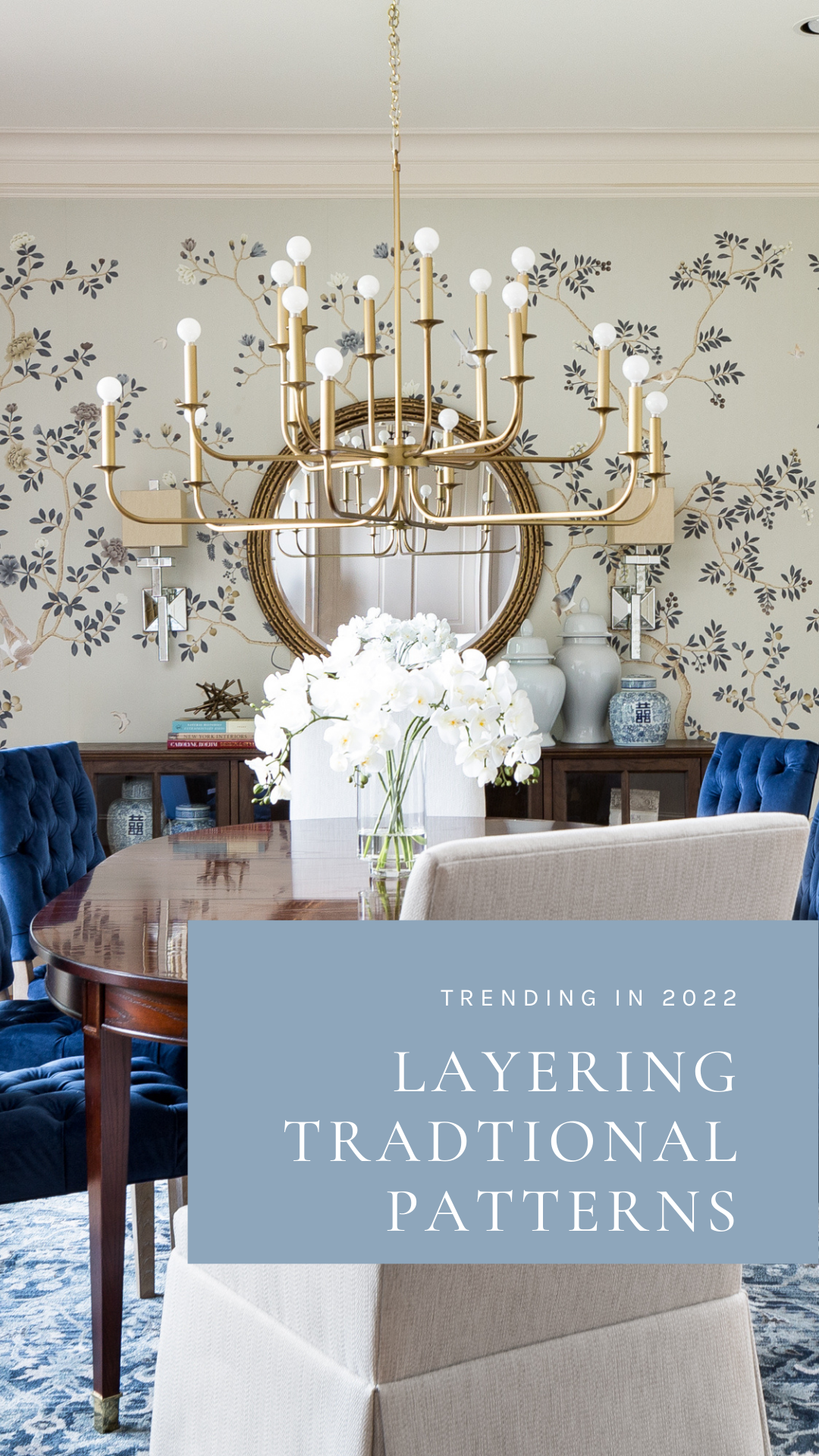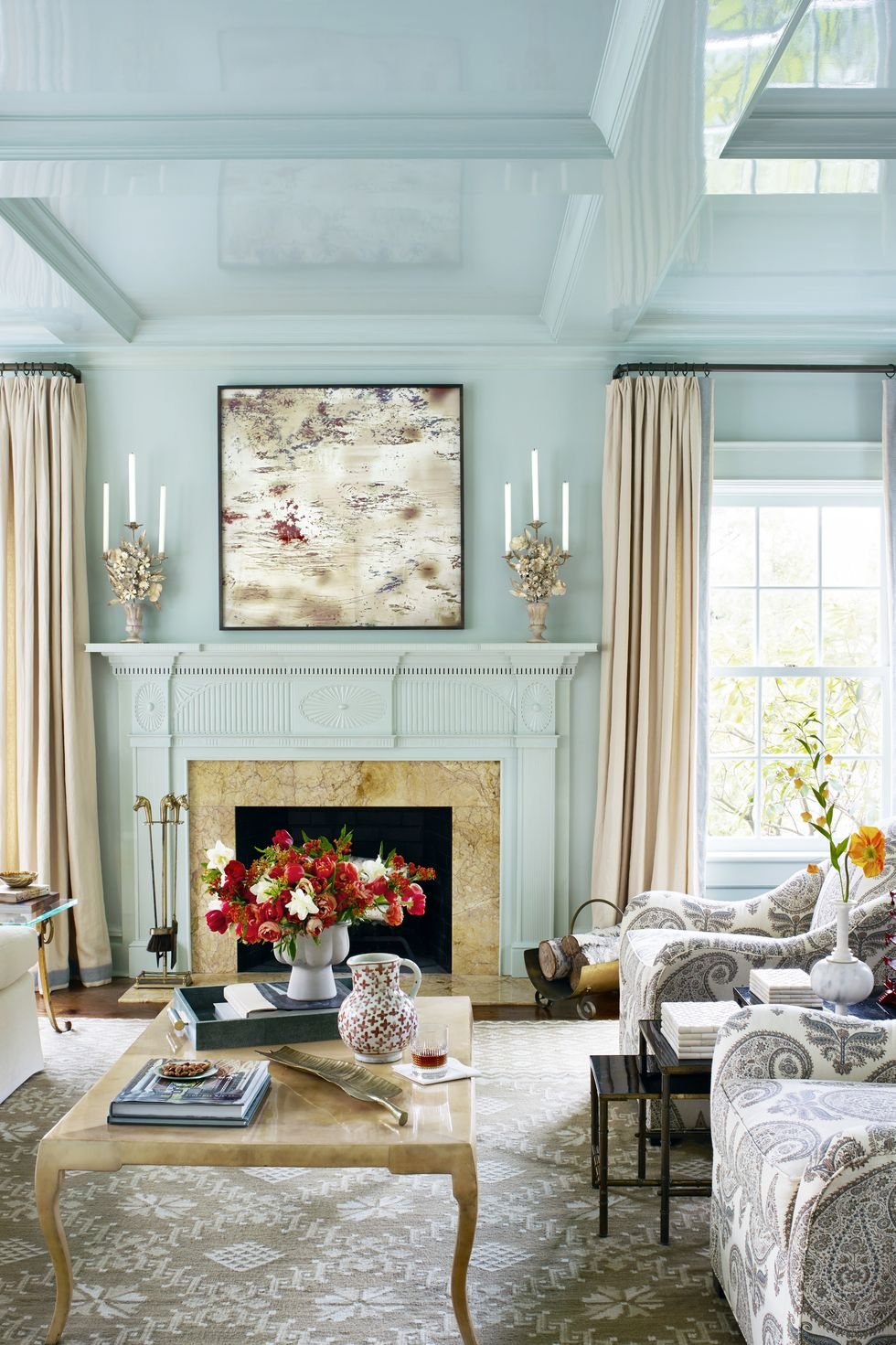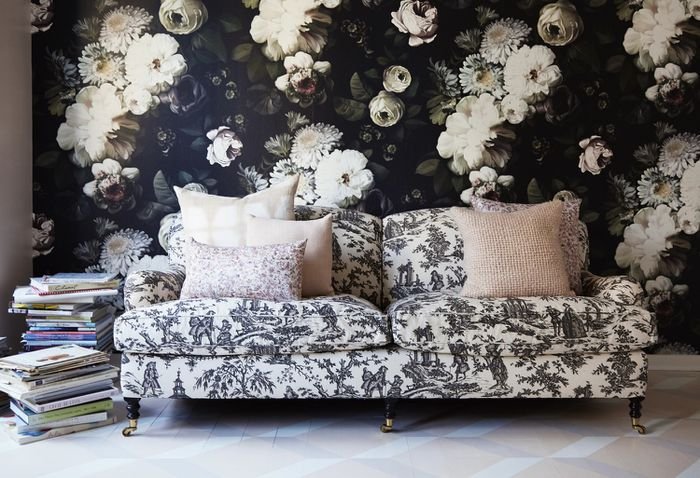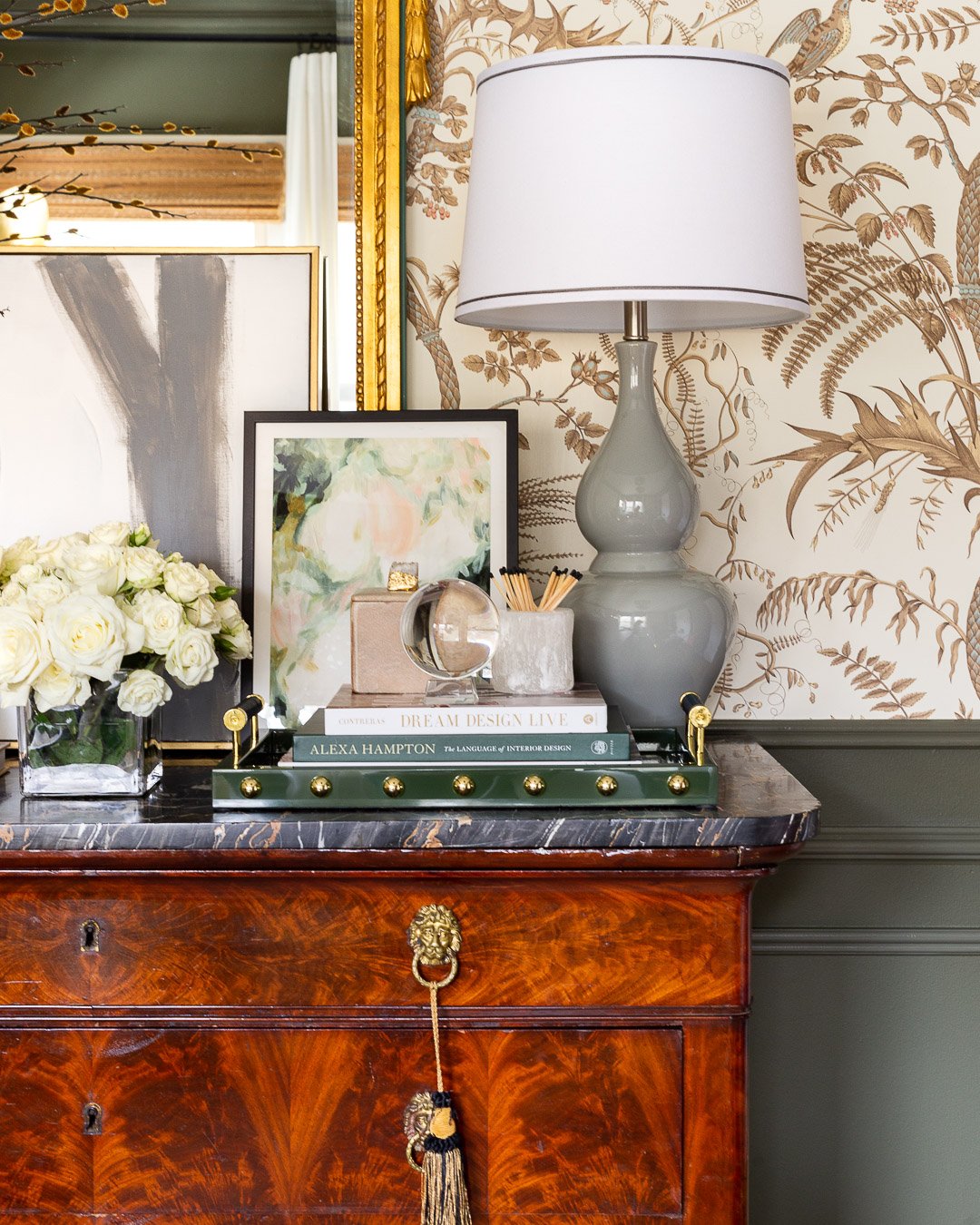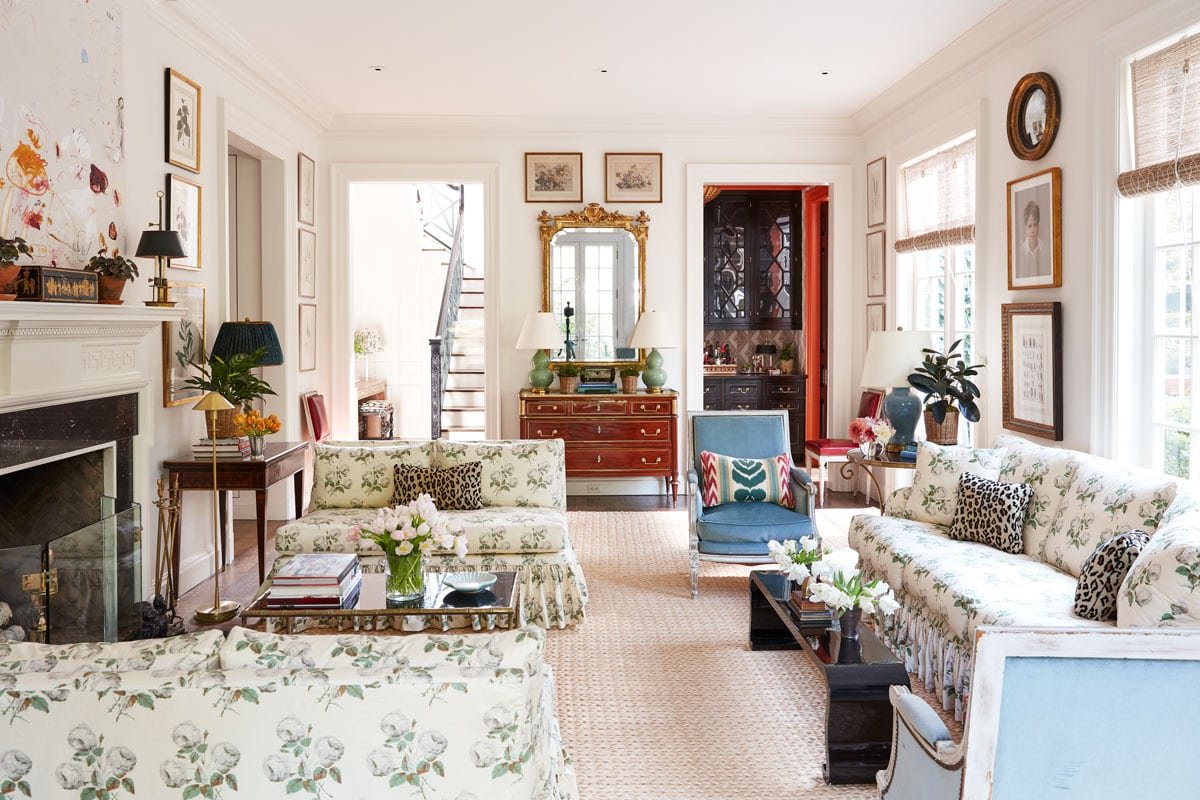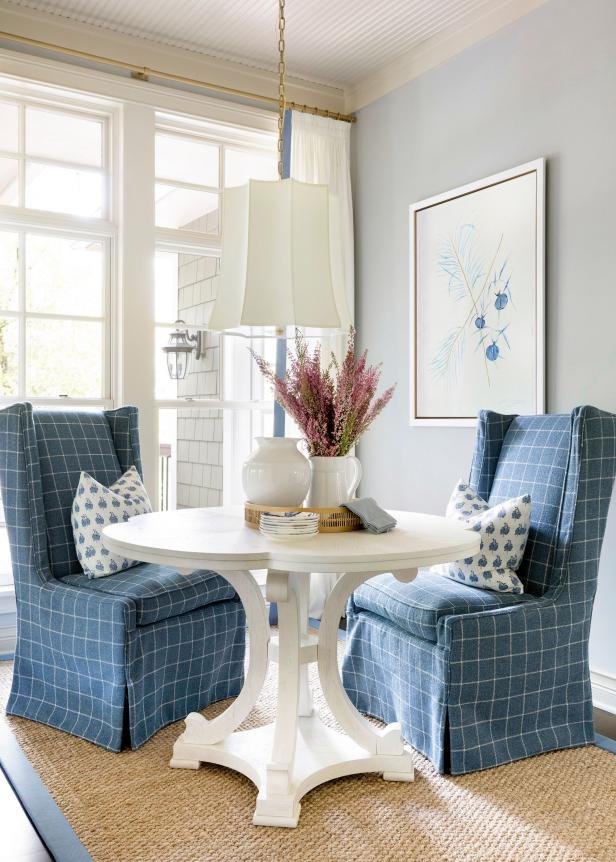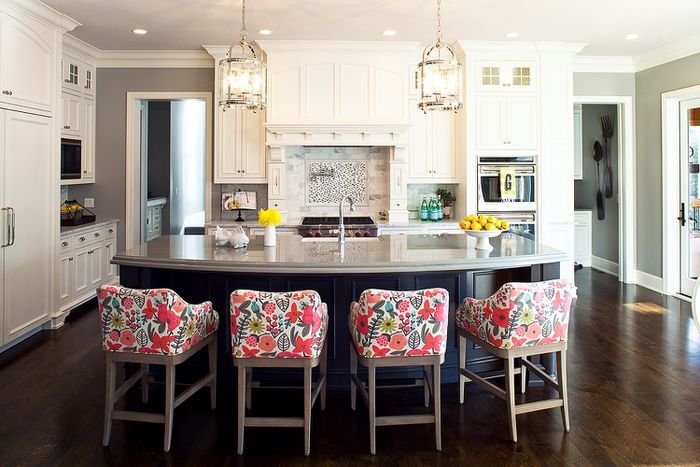Trending in 2022: Layering Traditional Patterns
It is said that “trends are born as a reaction to the world around us." So is it any wonder, as we enter our almost second consecutive year in a global pandemic, the top interior design trends are focused on making us feel emotionally at ease?
So while we have been busy navigating through our “new normal,” traditional patterns from the past have been making a comeback! Those tried-and-true patterns we all know and love reinstates a nostalgic sense familiarity; layering traditional patterns gives a space that added sense of comfort and warmth.
TRIED & TRUE
One of the most well-known, and sometimes over-looked interior design style. Traditional interior design celebrates the the traditions of the past without being specific to any single time period. What I love most is the patterns come in all kinds of colors, shapes, sizes, repeats, and schemes. From damask, to herringbone, to stripes, florals and plaids, even bold prints; traditional style welcomes all!
TRIED & TRUE, YET EVER EVOLVING
I like to think of traditional style as timeless, rather than trendy. When it comes to interior design styles, almost everything is rooted in traditional interior design ideas. From pattern mixing, skirted or flanged furniture, this is a tried-and-true style that effortlessly evolves with each passing trend.
DESIGNER TIPS: LAYERING TRADITIONAL PATTERNS
Layering patterns works with walls, floors, upholstery, ceilings, window coverings and accessories. Start by breaking the space into categories. For Example: Wall coverings (i.e paint, wallpaper, etc), flooring, furniture, soft furnishings, lighting, wall elements, and décor items. Think of each categories, as you go through your design process focus on adding one layer at a time.
Layering patterns involves three main elements: color, scale, and texture.
Color: Establish what type of color suits your style and your space; whether it’s monochromatic or a multitude of colors.
Scale: Try to avoid using pattern of the same scale size; mix it up with small, medium, large scale patterns.
Texture: Without texture, a space will fall flat. Varying textures –like printed velvets, linens, wovens, etc. helps add depth to the design space.

